Meat Grinder Machine: The Ultimate Guide for Home and Commercial Use
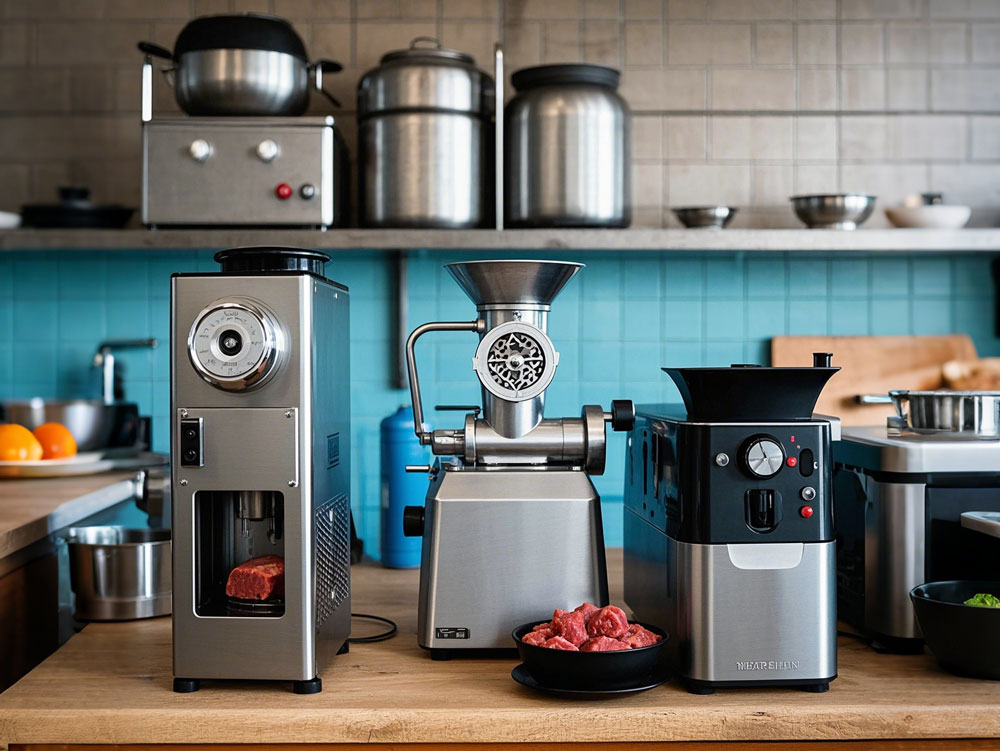
Introduction to Meat Grinder Machines
Meat grinder machines are more than just kitchen gadgets; they are essential tools that transform the way meat is processed, whether for home cooking or large-scale commercial operations. These machines offer a level of precision and efficiency that manual grinding simply can't match, making them indispensable in today's fast-paced food preparation environments. Whether you're a home cook looking to create fresh, customized ground meat or a restaurant aiming to streamline production, a meat grinder machine can take your food preparation to the next level.
Why Meat Grinder Machines Are a Game-Changer in Food Preparation
Meat grinder machines provide unparalleled advantages in the kitchen. First and foremost, they save time. Ground meat, whether it's for burgers, sausages, or meatballs, is a staple in many recipes, but grinding it by hand can be time-consuming and labor-intensive. A meat grinder speeds up the process, allowing you to produce large amounts of ground meat in a fraction of the time.
Additionally, these machines offer a level of customization that’s difficult to achieve manually. With adjustable settings, you can control the texture and coarseness of the grind, making it easier to create the perfect burger patty or sausage. This level of precision not only elevates your cooking but ensures consistent results every time.
The Benefits of Owning a Meat Grinder Machine
Owning a meat grinder machine brings a variety of benefits, including:
- Cost Savings: Buying pre-ground meat can be expensive, especially if you purchase it frequently. A meat grinder allows you to buy whole cuts of meat in bulk, saving money over time.
- Freshness and Quality: Grinding meat yourself ensures the freshest, highest-quality product, free from preservatives and additives often found in store-bought ground meat.
- Customization: You can control the fat content, mix different types of meat, and create unique blends for your recipes.
- Hygiene: You have complete control over the cleanliness of your meat, minimizing the risk of contamination often associated with mass-produced products.
A Brief History of Meat Grinding Technology
The evolution of meat grinders is an interesting journey through innovation. In ancient times, grinding meat was done manually with stone tools or a mortar and pestle. The first mechanical meat grinder, patented in the 19th century, revolutionized the way people prepared meat at home. Today, meat grinders are highly sophisticated machines, with electric versions making grinding easier and more efficient, even for large-scale operations.
Types of Meat Grinder Machines
Manual vs. Electric Meat Grinders: Which One is Right for You?
Manual grinders are perfect for small batches, providing an affordable and compact solution. They are simple to use and require no electricity, which can be a plus for those in off-grid locations or with limited kitchen space.
Electric grinders, on the other hand, are ideal for larger quantities and can handle tougher cuts of meat. They provide faster processing times and often come with a variety of attachments to enhance functionality. Choosing between the two depends largely on your meat processing needs, production volume, and convenience.
Home Meat Grinder Machines: Compact and Convenient
Home meat grinder machines are designed with space-saving features to fit into smaller kitchens while still delivering powerful performance. These models often come with attachments for making sausages, grinding vegetables, and even making breadcrumbs, making them versatile for various food preparation tasks.
Commercial Meat Grinder Machines: Heavy-Duty for Large Operations
For restaurants, butcher shops, and food manufacturers, commercial meat grinders offer significantly higher motor power, allowing them to grind large quantities of meat quickly and efficiently. These machines are built to withstand high-volume use and are designed for continuous operation, making them perfect for businesses looking to streamline their meat processing.
Attachment-Based Meat Grinders: Versatile and Multi-Purpose
Attachment-based grinders are designed for multifunctionality. These grinders often feature additional attachments that allow them to do more than just grind meat. With attachments for stuffing sausages, making kibbeh, or even grinding vegetables, these models offer exceptional versatility for those looking to expand their kitchen capabilities.
How a Meat Grinder Machine Works
Understanding the Mechanics: How Meat Gets Ground
At its core, a meat grinder works by using a rotating auger to push meat into a blade or plate. The meat is then cut into smaller pieces by the sharp blades and forced through the holes in the plate, which determines the texture of the ground meat. The process is efficient, quick, and customizable, allowing you to control the coarseness or fineness of the grind depending on your recipe.
Key Components of a Meat Grinder Machine
A meat grinder machine consists of several key components that work in tandem to grind meat. These include the motor, the feeding tray, the auger, the grinding plates, and the blade. Each part plays a crucial role in the grinding process, and the quality of these components will significantly affect the machine's performance and durability.
Exploring the Grinding Process: From Feed to Finished Product
The grinding process begins when you load the meat into the feeding tray. The auger then pushes the meat through the grinding plates and blades, which break it down into smaller pieces. Depending on the plate used, the meat can be ground to various coarseness levels, making it perfect for different types of dishes, from sausages to fine-ground burger patties.
Choosing the Right Meat Grinder Machine
Factors to Consider When Selecting a Meat Grinder
When selecting a meat grinder, consider the volume of meat you plan to process, the type of meat you will grind, and your budget. Smaller, home-use grinders are perfect for occasional use, while larger, commercial-grade grinders are needed for high-volume operations. You should also consider whether you need a manual or electric model and if additional attachments are important for your cooking needs.
How to Choose the Best Meat Grinder for Your Needs
The best meat grinder for you will depend on your specific needs. A home cook may not need a high-powered commercial grinder, while a butcher shop will require a heavy-duty machine capable of handling large cuts of meat. Consider motor power, grinding capacity, ease of cleaning, and included attachments when making your decision.
What to Look for in a Quality Meat Grinder
Quality meat grinders are durable, efficient, and easy to clean. Look for grinders made with high-quality materials, such as stainless steel, to ensure longevity. Additionally, consider the speed and efficiency of the motor, as well as user-friendly features like easy-to-remove parts and simple assembly.
Key Features to Look for in Meat Grinder Machines
Motor Power: Does Size Really Matter?
Motor power is one of the most important factors when choosing a meat grinder. A higher-powered motor ensures quicker, more efficient grinding and can handle tougher cuts of meat. However, a more powerful motor may also mean a higher price tag, so it’s important to balance power with your specific needs.
Grinding Plates and Blades: Choosing the Right Materials and Sizes
Grinding plates and blades are crucial for determining the texture of the ground meat. Stainless steel plates and blades are the most durable and resistant to rust. Additionally, consider the size of the holes in the plate: smaller holes produce finer grinds, while larger holes allow for a coarser grind.
Safety Features: Keeping Your Kitchen Safe
Meat grinder machines often have safety features such as safety switches, non-slip feet, and safety covers. These help prevent accidents by ensuring that the machine operates safely while protecting the user from potential injuries caused by the sharp blades.
Ease of Cleaning: Why It’s Important and How to Ensure It
Cleaning your meat grinder machine is crucial for maintaining hygiene and extending the life of the machine. Look for grinders with parts that are easy to disassemble and clean, ideally dishwasher-safe. Stainless steel components are particularly easy to clean and maintain.
Meat Grinder Machine for Different Meats
Grinding Beef: Tips and Techniques for Perfectly Ground Beef
Beef is one of the most commonly ground meats, and it’s essential to understand the proper technique for grinding it. Choose cuts of beef with the right fat-to-meat ratio for your desired outcome. For example, a 70-30 blend of lean beef to fat is perfect for burgers.
Pork, Chicken, and Lamb: Adapting the Meat Grinder for Various Meats
Different meats require slightly different grinding techniques. Pork and lamb tend to be softer, while chicken may have more connective tissue. Make sure to cut the meat into smaller pieces and remove any bones or sinew before grinding to ensure a smooth, consistent grind.
Grind Your Own Sausage: How to Use a Meat Grinder for Sausage Making
Making sausage is one of the most popular uses for a meat grinder. With the right attachment, you can grind the meat, mix in spices, and stuff the sausages all in one go. This gives you full control over the flavor and quality of your sausages.
How to Use a Meat Grinder Machine
Step-by-Step Guide: How to Operate Your Meat Grinder Safely and Efficiently
Operating a meat grinder is simple, but safety is key. Always ensure the machine is properly assembled, and use the pusher tool to feed meat into the grinder. Start with small pieces of meat and avoid overloading the machine. Once you're done, make sure to turn off the machine and clean all parts thoroughly.
What Cuts of Meat are Best for Grinding?
Ideal cuts for grinding include tougher, fattier cuts like chuck, brisket, and round. These cuts provide the best texture and flavor when ground. Avoid using tender cuts like filet mignon, as they don’t produce the best grind.
Preparing Meat for Grinding: Tips to Ensure Optimal Performance
Before grinding, always trim off excess fat, bone, or gristle. Cutting meat into small chunks also helps the grinder operate smoothly. For better results, partially freeze the meat to firm it up, which makes the grinding process faster and more efficient.
Meat Grinder Maintenance and Care
Routine Maintenance Tips to Extend the Life of Your Meat Grinder
Routine maintenance is essential to keep your meat grinder running efficiently. Lubricate moving parts periodically and check the blades for sharpness. Always clean your grinder thoroughly after each use to prevent meat buildup and bacteria growth.
How to Clean Your Meat Grinder Machine Properly
After each use, disassemble the meat grinder and wash all removable parts with warm, soapy water. Dry them thoroughly to prevent rusting. Pay special attention to the blade and plates, as meat residue can affect performance.
Troubleshooting Common Meat Grinder Issues
Common issues with meat grinders include clogging, overheating, and inconsistent grinding. To troubleshoot, ensure you're using the right size plate and keeping the meat cold. Regular cleaning and proper assembly can also help prevent common issues.
Meat Grinder Machine Accessories
Essential Accessories for Your Meat Grinder
Accessories can significantly enhance the functionality of your meat grinder. Consider purchasing sausage stuffing tubes, additional grinding plates, or even a kibbeh maker to expand the machine’s capabilities.
How to Use Meat Grinder Attachments for Sausages, Kebabs, and More
Attachments for your grinder can turn it into a versatile kitchen tool. For sausages, simply add the sausage stuffer attachment and feed the meat into the casing. Other attachments allow you to make kebabs, burgers, and even grind vegetables for various dishes.
How Meat Grinders Impact Food Safety
Hygiene and Meat Processing: Keeping Your Grinder Clean and Safe
Maintaining a clean meat grinder is vital for food safety. Regularly clean all components after use, ensuring that all surfaces that come into contact with meat are sanitized properly. Hygiene practices can help prevent contamination and ensure that the ground meat is safe for consumption.
Preventing Cross-Contamination with Your Meat Grinder Machine
Cross-contamination is a significant concern in food processing. Always use separate grinders for different types of meat, or thoroughly clean the machine between uses to prevent the spread of harmful bacteria.
The Cost of Meat Grinder Machines
What to Expect: Price Ranges for Meat Grinder Machines
Meat grinders come in a wide range of prices, depending on features, motor power, and build quality. Home-use grinders can cost anywhere from $50 to $300, while commercial-grade machines can range from $500 to several thousand dollars.
Is It Worth the Investment? How Meat Grinders Save You Money in the Long Run
While meat grinders may seem like an investment upfront, they can save you money in the long run. Grinding your own meat at home allows you to purchase whole cuts, which are often cheaper than pre-ground meat. Additionally, you can customize the grind to your preferences, reducing waste.
Top Brands and Models of Meat Grinder Machines
Best Home Meat Grinders for Everyday Use
For home use, some of the top brands include Cabela’s, KitchenAid, and LEM. These grinders offer a good balance of affordability, functionality, and durability, making them ideal for everyday kitchen tasks.
Heavy-Duty Meat Grinders for Commercial Kitchens
In commercial settings, brands like Hobart, Tasin, and Omcan dominate the market. These grinders are built for high-volume use and can handle continuous operation without breaking down.
Comparing Popular Meat Grinder Brands: What You Need to Know
When comparing brands, consider factors such as motor power, ease of cleaning, attachments available, and the material quality of the components. Brands like LEM are known for their heavy-duty models, while KitchenAid is favored for home use.
Meat Grinder Machine Myths and Misconceptions
Debunking Common Myths About Meat Grinder Machines
One common myth is that bigger machines are always better. In reality, the best machine for you depends on your specific needs. For small batches, a smaller, less expensive model may be perfect, while larger operations require heavy-duty grinders.
Why Bigger Isn’t Always Better When Choosing a Meat Grinder
While larger machines can process more meat at once, they may not always be necessary for home cooks or small-scale users. Consider your grinding volume and kitchen space before opting for a large machine.
Meat Grinder Machine Safety Tips
Top Safety Precautions When Using a Meat Grinder
Always follow the manufacturer’s instructions and use the pusher tool to avoid injuries from the grinder’s blades. Never insert your fingers or utensils into the grinder while it's running.
How to Safely Handle and Store Meat Grinder Parts
Handle grinder parts with care, especially the blades and plates, as they are sharp. Store them in a safe, dry place, and ensure all parts are properly cleaned and dried before storing them to prevent rusting.
Advanced Features in Modern Meat Grinders
The Rise of Smart Meat Grinders: What to Expect from Future Models
Future models of meat grinders may come with smart features, such as digital controls, programmable settings, and automatic shut-off systems. These innovations can improve ease of use and provide more consistent results.
Innovations in Meat Grinder Technology for Faster and More Efficient Grinding
Technological advancements in motor design and grinding efficiency have made modern meat grinders faster and more efficient than ever before. Expect to see grinders with enhanced cooling systems and quieter motors in the future.
Alternatives to Traditional Meat Grinder Machines
Exploring Other Methods for Grinding Meat: Food Processors, Blenders, and More
While meat grinders are the most efficient method, food processors and blenders can also be used for grinding meat in a pinch. However, these alternatives often require more preparation and may not yield as consistent results.
Manual Meat Grinding: When Is It Worth the Effort?
Manual grinding can still be worth the effort for small batches or when you need more control over the texture of your ground meat. While it's more time-consuming than using a machine, some cooks prefer the control and hands-on nature of the process.
Environmental Impact of Meat Grinder Machines
Reducing Waste with Your Meat Grinder: Sustainability Tips
Meat grinders can help reduce food waste by allowing you to use every part of the animal, including tougher cuts that might otherwise go unused. By grinding your own meat, you can reduce packaging waste and make the most of your purchases.
Energy-Efficient Meat Grinder Machines: Why It Matters
Energy-efficient meat grinders can help reduce your carbon footprint while saving on electricity bills. Look for models that are rated for low energy consumption without compromising performance.
Common Mistakes to Avoid with Meat Grinder Machines
Mistakes to Avoid When Grinding Meat for Sausage Making
When making sausages, avoid overpacking the grinder, as this can cause clogging. Additionally, make sure the meat is properly chilled before grinding to maintain the texture and avoid overworking the grinder.
How to Avoid Overheating Your Meat Grinder
To prevent overheating, avoid overloading the grinder with too much meat at once. Give the motor time to cool down between batches, and always follow the manufacturer's instructions for optimal use.
Conclusion: The Value of a Good Meat Grinder Machine
Why Investing in a Meat Grinder Machine is a Smart Choice for Home Cooks and Chefs
A quality meat grinder machine is an invaluable tool for any kitchen. It saves time, money, and offers flexibility in meal preparation. Whether you're a home cook or a professional chef, investing in a good meat grinder can enhance your cooking and give you full control over the quality of your ground meat.
Must-Read Blogs For Chain Restaurants Owner




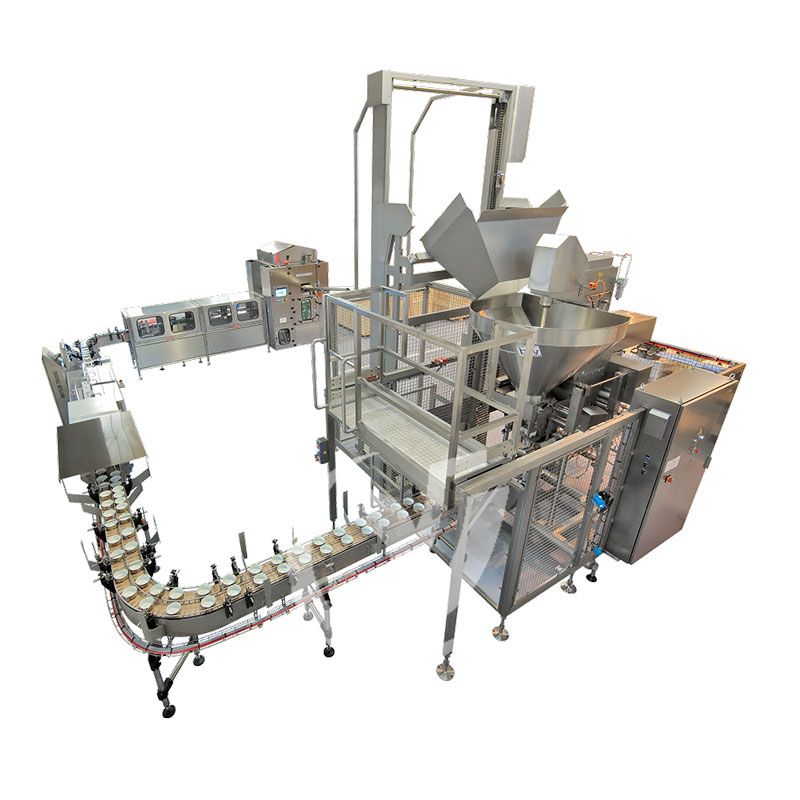


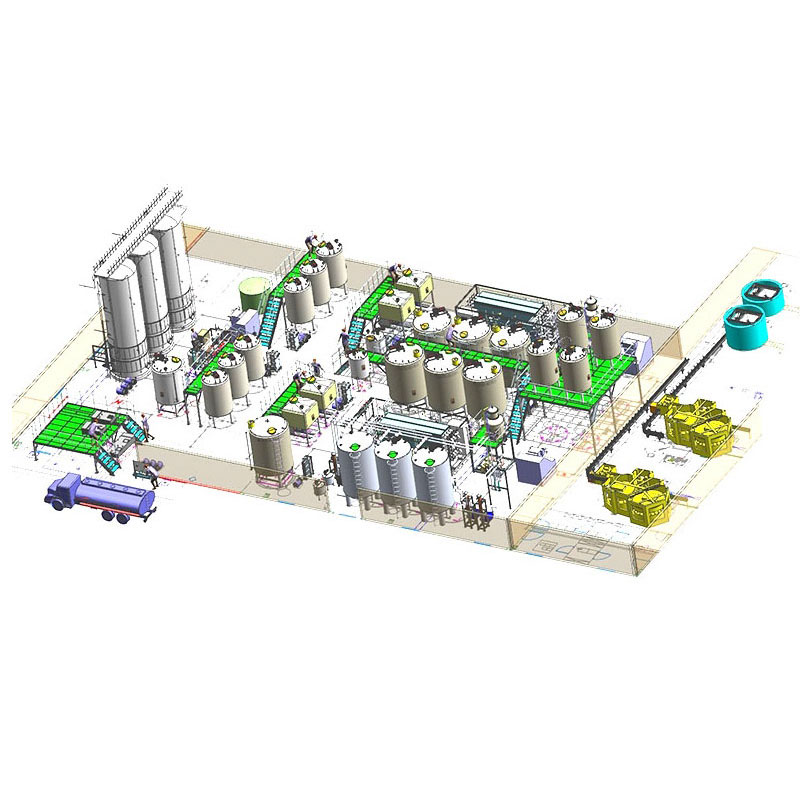



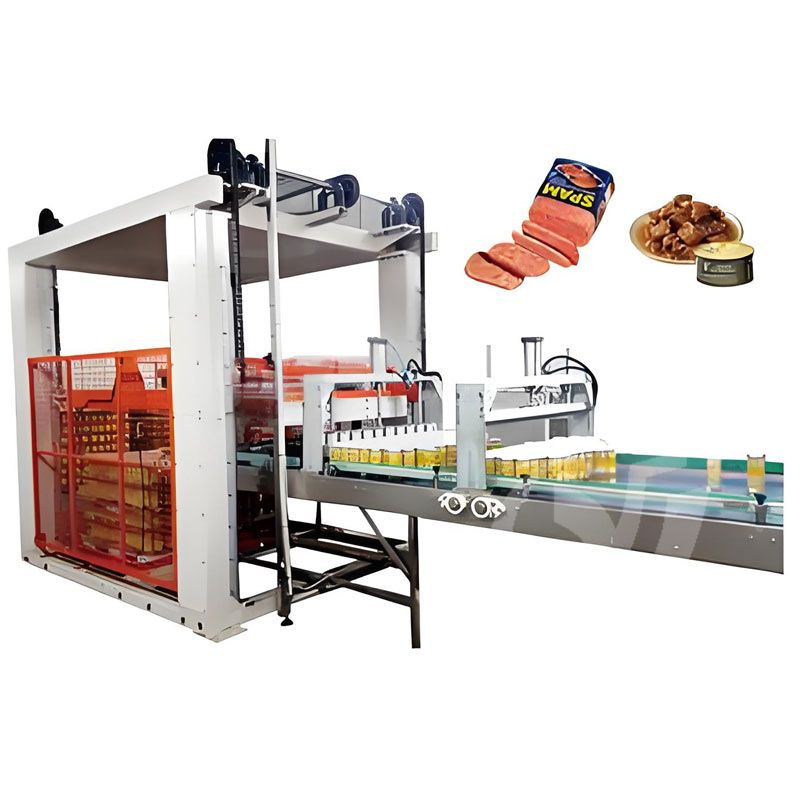 Canned Luncheon Meat Production Line
Canned Luncheon Meat Production Line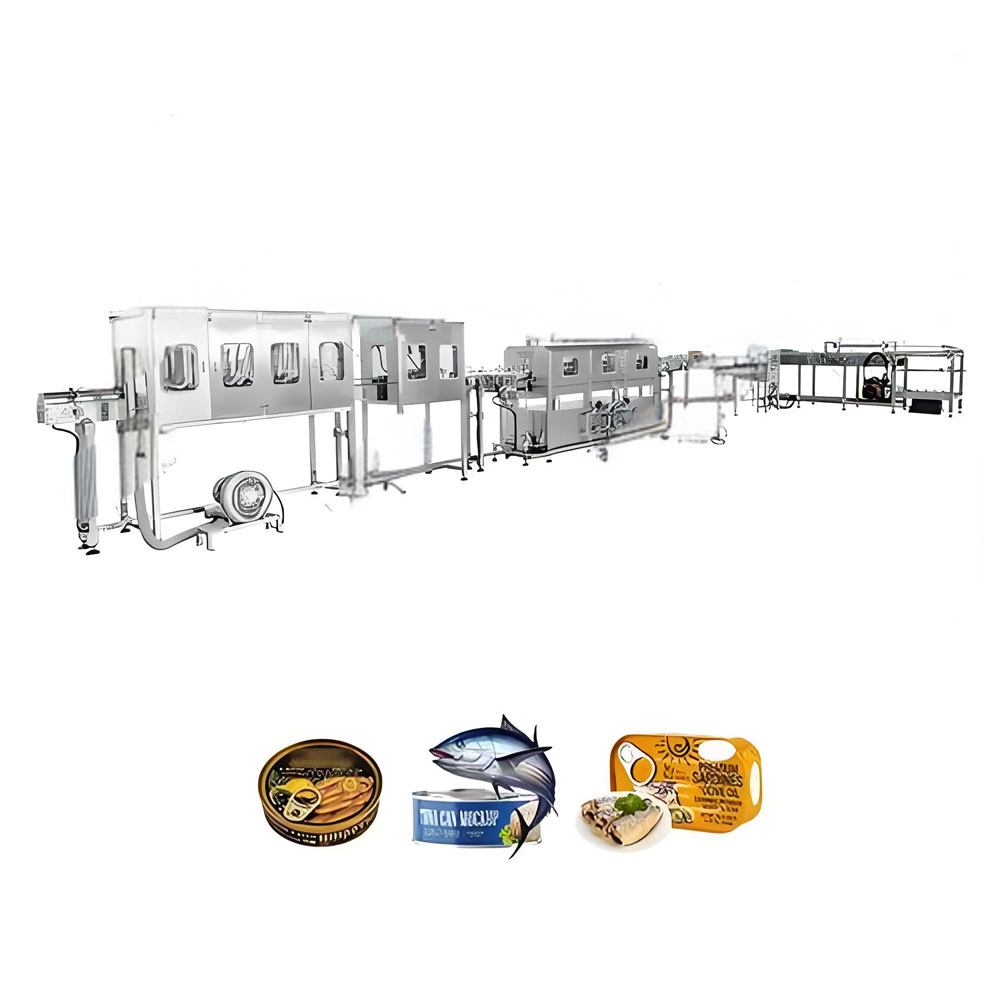 Eel Canned Food Production Line
Eel Canned Food Production Line
Ready to Get Started?